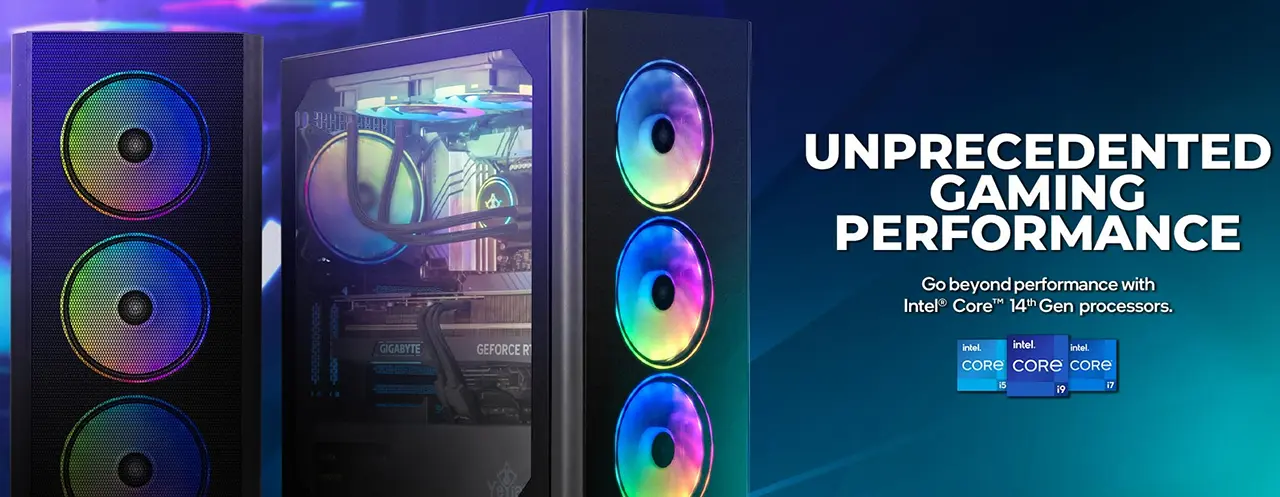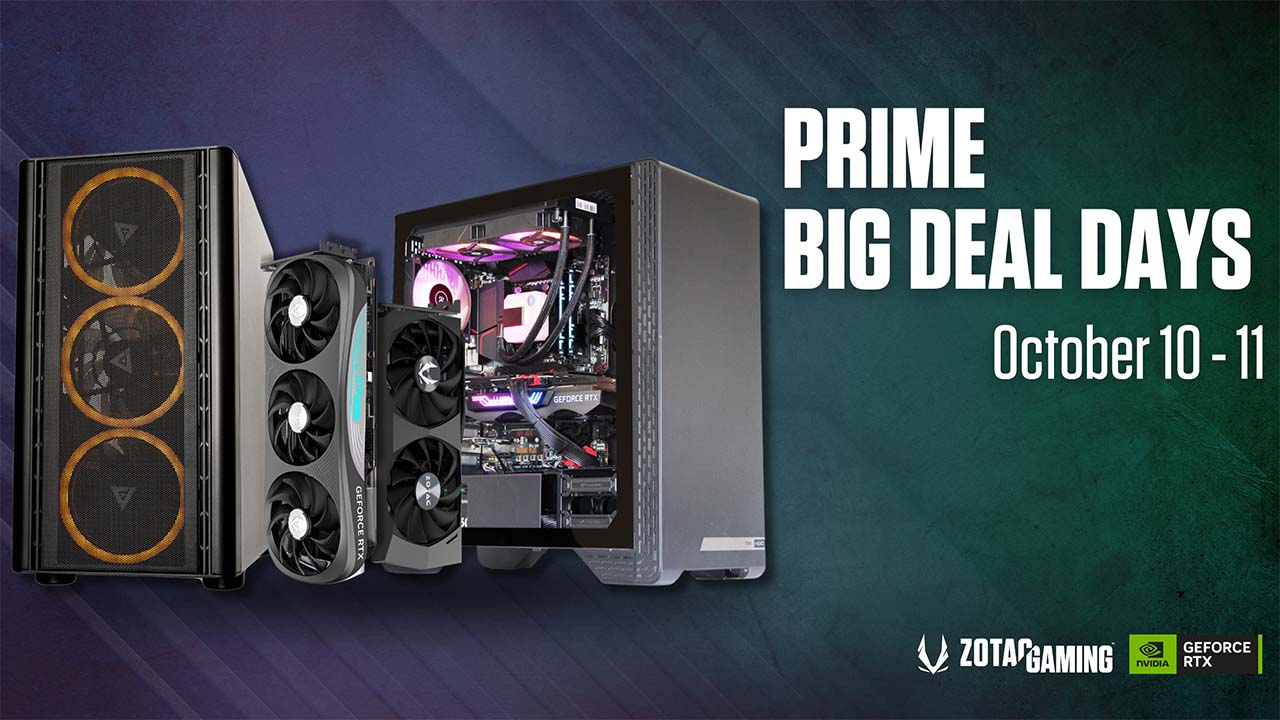Zotac MEK1’s Insides and Powering On
Opening the Zotac MEK1 is easy, just like opening any other case. Simply remove the screws at the rear portion and you’ll be able to access and see what’s inside. Be careful though as there are wires connecting the two 60mm fans on the side panel and the RGB LED strip. The RGB led strip is hidden beneath the plastic diffuser and metal sheet as you can see on the third photo on the right.
On the first photo above (left portion), you’ll see the low profile CPU cooler. The CPU cooler is definitely not a stock Intel cooler and it’s enough to cool the CPU. There’s also an exhaust ventilation right above the CPU cooler, sucking the heat out and blowing it to the rear exhaust.
Zotac used not just any power supply, the MEK1 is powered by a Silverstone 450W 80 Plus Bronze PSU. The PSU is cooled by an 80mm fan. Finally, you can see a hub on the top portion that powers and controls the RGB lighting and the fans. Right next to it is the 1TB Seagate Barracuda 2.5″ hard drive, but it’s only running at 5400 RPM. It’s good that Zotac used a good quality hard drive, but I wish they used Seagate’s FireCuda instead or a full 7200 RPM hard drive. A 5400 RPM hard drive is (really) slow and it’s not an ideal game drive as the games will load much longer. You may want to replace this later, perhaps with a 2.5″ SATA SSD instead, or Seagate’s FireCuda drive.
Good thing that the OS drive is an M.2 NVMe SSD drive. It’s much faster than a SATA SSD, but you’ll only get 240GB for the drive C. The M.2 NVMe SSD is unbranded, but it’s a Phison-controlled NVMe SSD (256GB). The 16GB DDR4-2400 CL17 memory looks like a generic one, but it’s from Samsung. The WiFi card is an Intel Dual Band Wireless-AC 3165 with Bluetooth 4.2. There are some extra SATA ports, but there’s no room left for other storage drives.
Finally the picture on the right (above) shows the exhaust ventilation located above the CPU cooler. It sucks out the hot air from the CPU cooler and exhaust it at the back of the case. This prevents the heat from circulating inside the system, and unnecessarily heating up the other components.
Since the GPU is located on the other side, and above the motherboard, there’s a 90 degrees PCIe riser installed, then another PCIe extender where the GTX 1070 Ti is connected. There’s also a bracket that holds the graphics card and securely locks it in.
There is not much to see on this side except for the GTX 1070 Ti graphics card and the back of the motherboard. Let’s now power on the MEK1 and see how it performs.
Above you see the Zotac MEK1 right beside my other test system. Surprisingly, the RGB lighting is vibrant and looks really nice, especially the under glow. The Zotac logo on the front portion doesn’t lit up, but the power button does. The mechanical keyboard has blue back lighting, and the logo on the mouse has an RGB lighting effect that is set to color cycle.
The RGB LED strips doesn’t have a rainbow effect where the individual LEDs on the strip turns into different color. It can only display one color at a time all together; but it does have several lighting effects like breathing, static, strobe and color cycle.

























